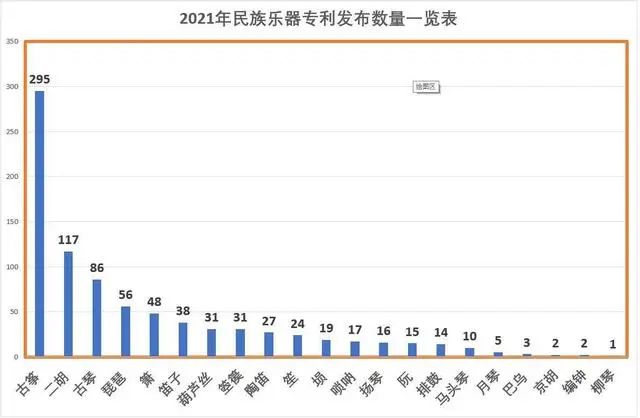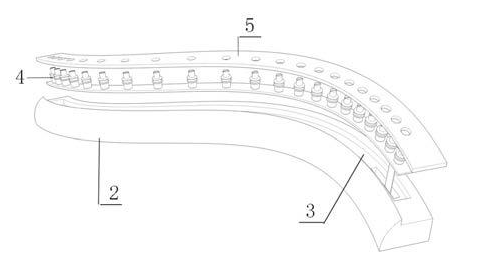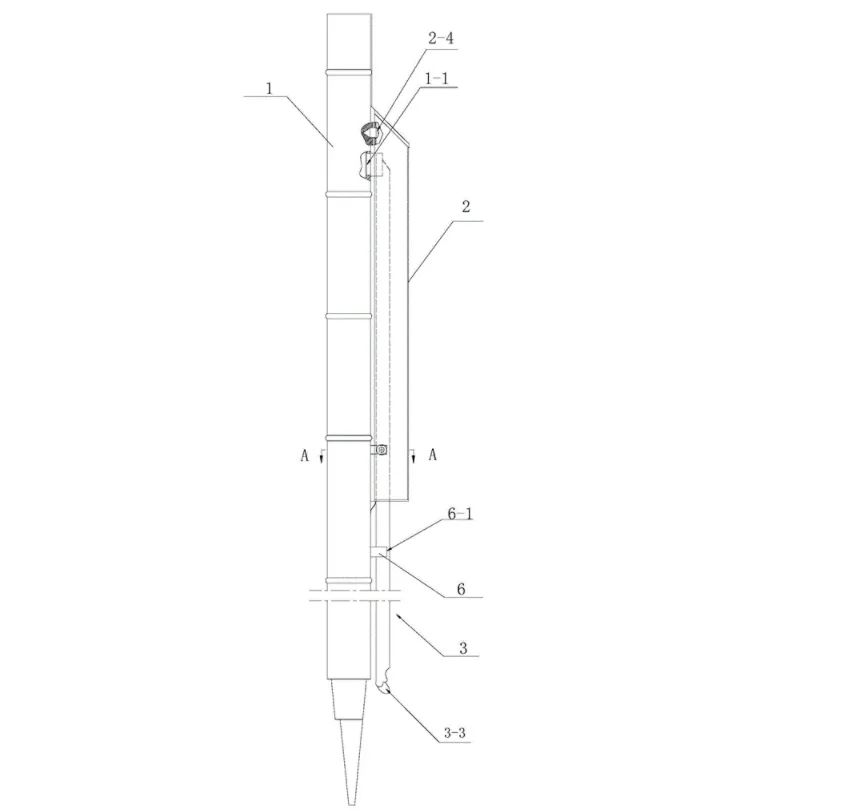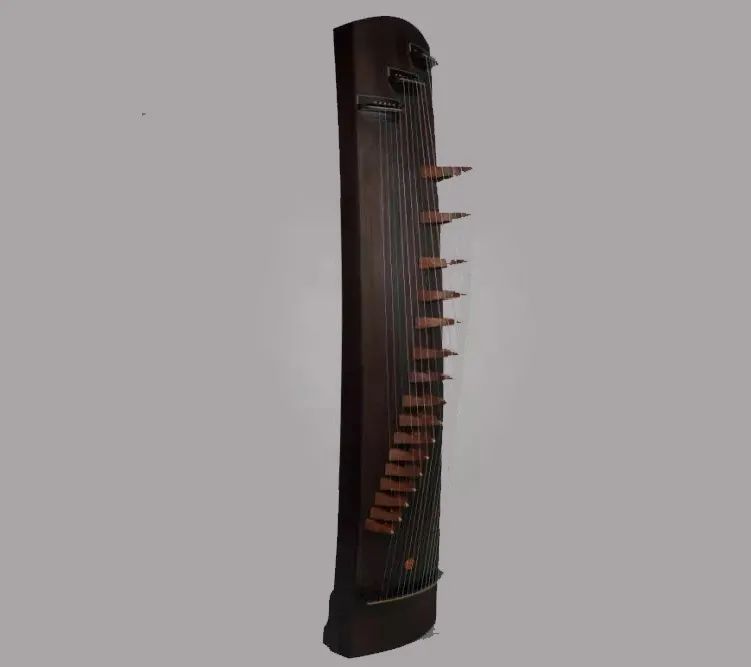Look at the latest data on the number of national musical instruments patents
In recent years, most of the ethnic musical instrument enterprises have strengthened the reform of musical instruments, focusing on the improvement of acoustic quality, the inherent quality of traditional ethnic musical instruments has been continuously improved, innovative musical instruments have been released frequently, and the number of patents on ethnic musical instruments has shown an overall increasing trend.

According to the patent data of the State Intellectual Property Office, there will be a total of 857 national musical instrument patents in 2021. It includes 74 invention patents, 405 utility model patents, and 378 design patents.
Feng Yuankai, Chairman of the Musical Instrument Reform and Production Professional Committee of the Chinese National Orchestra Society: "Although the total number of patents has dropped by 10.5% year-on-year, it is still at a high level. Compared with ten years ago, the total number of patents has increased by 4 times, and the patents of national musical instruments have continued to grow. general trend of growth."
Among these patents, which category made the biggest breakthrough in reform last year?
Divided by various types of national musical instruments, there were 324 patents for wind instruments, an increase of 62% year-on-year, and 16 patents for percussion instruments, an increase of 128% over last year.

Which region had the most patents last year?
Divided by region: In 2021, national musical instrument patents will be issued from 30 provinces and cities in China, including: 141 in Jiangsu, 97 in Guangdong, and 86 in Henan.
In addition, Zhejiang 62, Shandong 60, Shanghai 59, Guizhou 44, Hebei 36, Shaanxi 31, Fujian 25, Jiangxi 23, Beijing 22, Sichuan 22, Hunan 21, Tianjin 16, Hubei 15, Liaoning 14, Shanxi 14, Yunnan 14, Inner Mongolia 11, Gansu 10, Jilin 8, Heilongjiang 7, Guangxi 6, Anhui 5, Chongqing 3, Qinghai 2, Ningxia 1, Taiwan 1, Hong Kong 1.
Several more characteristic invention patents~
A guzheng with a string nut pickup
The utility model discloses a guzheng equipped with a nut pickup, which comprises strings, a front nut and a back nut, grooves are respectively provided on the inner sides of the front nut and the back nut. A row of signal detection components is placed in the groove, the signal detection components are located under each string, and a hollow cover plate is arranged on the signal detection components. It can quickly find out which string the learner has made an error in playing, which is convenient for the learner to correct the error in time.

A bass erhu that changes the shape of the qin barrel
The utility model relates to the technical field of music equipment, in particular to a bass erhu that changes the shape of a piano barrel. The bass zhonghu is a new and improved musical instrument. In recent years, it has been improved and formed on the basis of the zhonghu. The shape of the piano barrel is a regular octagon. This kind of instrument is mainly used in string ensemble and band ensemble.
In order to solve the problem of slow sound, low sound sensitivity and pitch deviation of the inner string push-pull bow due to the overall oversized piano barrel and the far position of the bridge to the wiping point, a bass erhu is designed to improve its use value.

A kind of titanium alloy sapling component and sage
The utility model discloses a titanium alloy pipe seedling assembly and a pipe, comprising a seedling tube, a loudspeaker tube, and a key hinged in the loudspeaker tube, and a shrapnel is installed on the key rod on the side near the seedling tube; the loudspeaker tube The utility model is made of titanium alloy, and a fitting surface is arranged near the side of the seedling tube. The utility model has the advantages of light weight and wear resistance, which not only realizes the increase of the volume, but also does not change the original sound quality of the sheng.

A kind of bakelite dual-purpose bass guzheng
Compared with the existing Guqin, the Bakelite dual-purpose bass Guqin body provided by the present invention is lengthened and widened, the effective string length of the strings is lengthened, the string diameter is thickened, and the heights of Yueshan and Longgu are all heightened, so It can produce a lower tone than the existing guqin.

 渝公网安备 50010702504639号
渝公网安备 50010702504639号